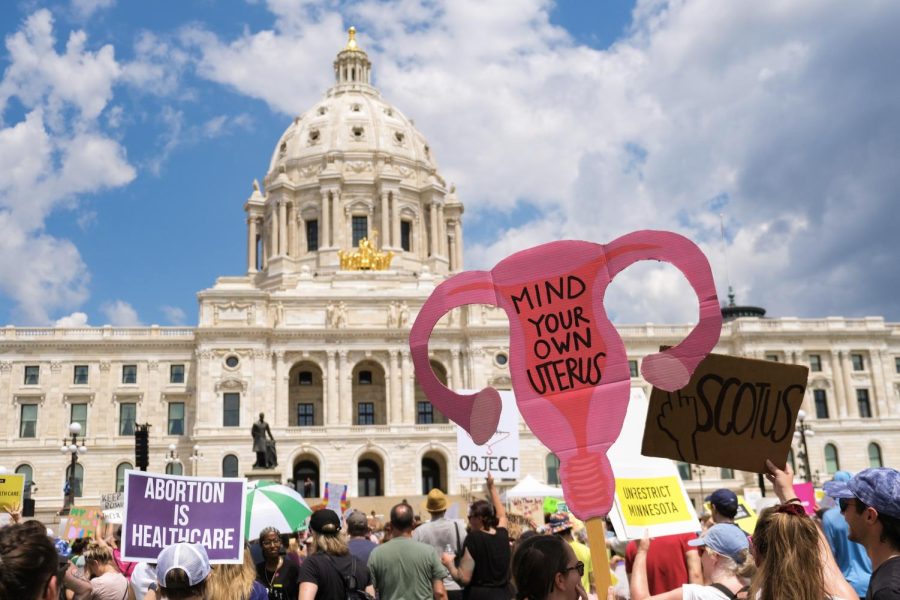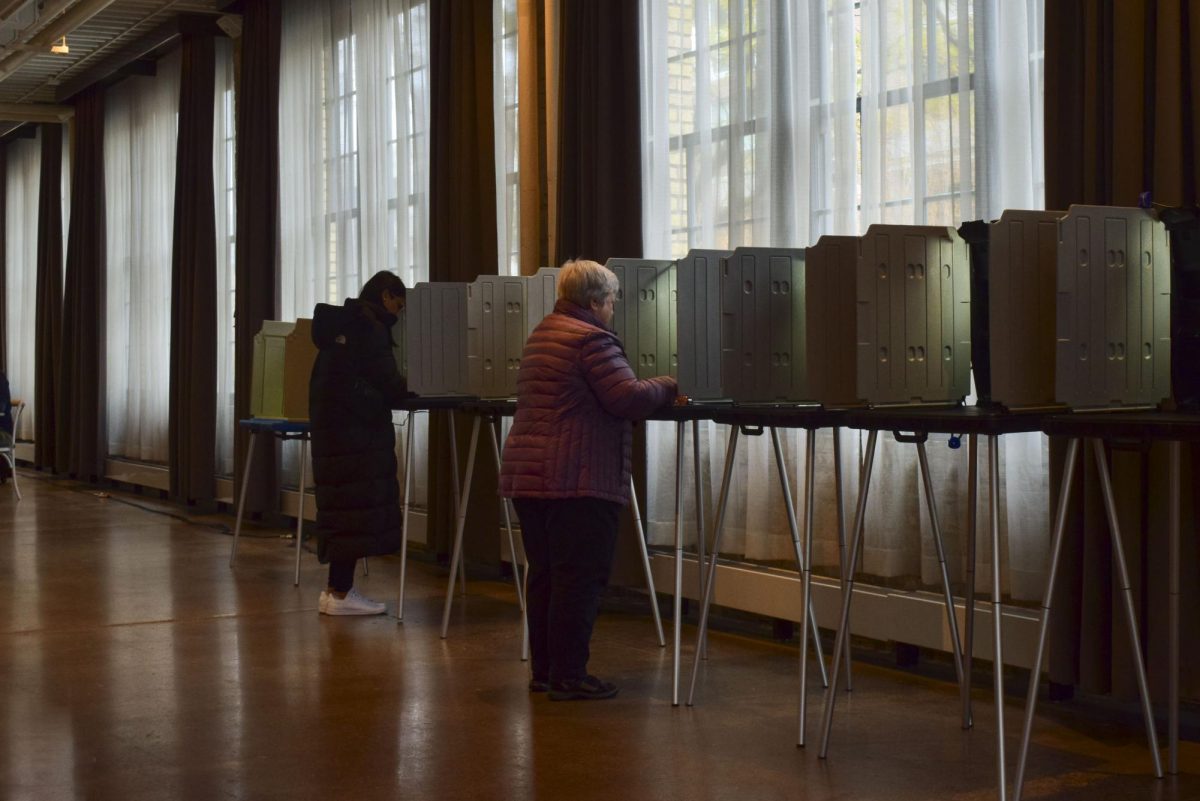President Barack Obama signed the bill to raise the federal debt ceiling Tuesday afternoon, ending weeks of political struggle and concern about the future of undergraduate student aid.
Obama and congressional leaders rushed over the weekend to piece together a budget deal that would prevent the government from defaulting on its debts before the Tuesday deadline.
The House of Representatives voted 269-161 to pass a bill that lifted the debt ceiling. The Senate passed and sent the bill, which will also trigger at least $2 trillion in federal spending cuts in the next decade, to ObamaâÄôs desk Tuesday afternoon. But the federal Pell Grant program, which had expected deep cuts, was given $17 billion to maintain its level of support for college students until 2013. Pell Grants are awarded to undergraduate students from low-income families, and do not need to be repaid. At the University of Minnesota, 19 percent of the undergraduate student population received a Pell Grant in the 2009-10 academic year, according to a report released from the UniversityâÄôs Office of Institutional Research.
On average, University students received a grant of $3,747. The maximum grant for 2011-12 is $5,550.
Pell Grants are generally reserved for families that make $35,000 or less each year, said Tricia Grimes, a policy analyst with MinnesotaâÄôs Office of Higher Education.
But the Pell Grant programâÄôs reprieve came at the cost of government-subsidized loans for graduate and professional students across the nation, which will be eliminated in July 2012 to cover the cost. Those students will need to begin paying interest on their loan while still in school, or let it accumulate.
âÄúOnce again weâÄôre seeing graduate and professional education school pitted against undergraduate education,âÄù said Abou Amara, president of the UniversityâÄôs Graduate and Professional Student Assembly While Amara said that he supported the Pell Grant program, funding cuts to programs at the state and federal level and a sparse job market have created a âÄúbleak futureâÄù for graduate students.
The Pell Grant program is expected to award more than 19 million undergraduate students nationwide in the upcoming academic year, according to a report from the U.S. Department of Education.
In the 2010-11 academic year, 181,600 Minnesota students were awarded a total of $106 million in Pell Grants, Grimes said.
About 90 percent of undergraduate students receive some form of federal loan each year, she said.
âÄúPell is the bedrock program for the state grant programs and need-based aid programs,âÄù said Kris Wright, director of the UniversityâÄôs Office of Student Finance. âÄúLosing funding would dramatically affect the state grant program.âÄù
Graduate students at the University are worried that only offering unsubsidized loans to students will deter those who are on the fence about attending graduate school.
âÄúItâÄôs creating a problem of access,âÄù Amara said.
He added, cutting funding for educating students who would enter the workforce in as little as two years is counterintuitive to the federal governmentâÄôs job creation mission.
Terrance Paape, vice president for student affairs at GAPSA, agreed.
âÄúForcing graduate and professional students to bear the brunt of the governmentâÄôs mistakes in order to preserve funding does not make sense,âÄù Paape said.







